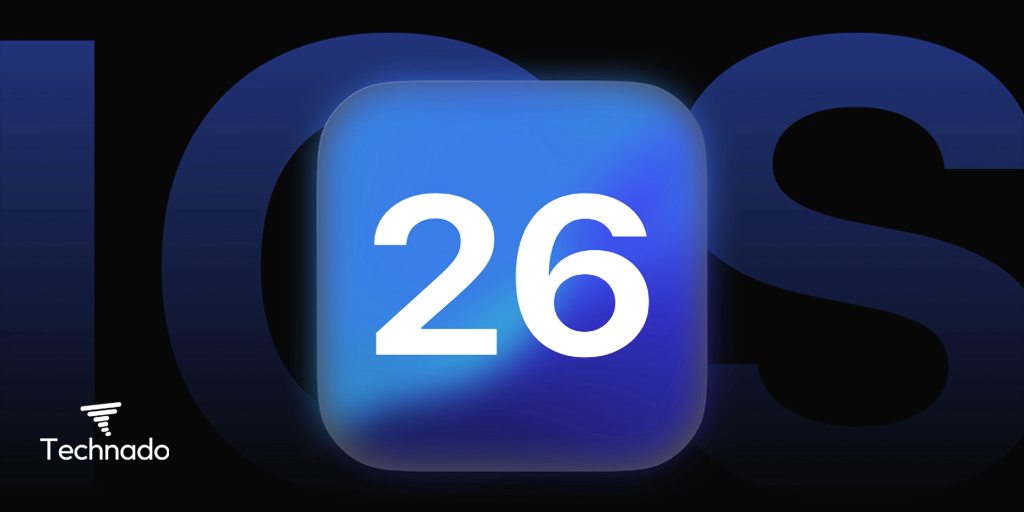In an unprecedented move, TikTok, one of the most popular social media platforms globally, has announced plans to go dark for an estimated 170 million users in the United States this Sunday. The announcement has left users, creators, and businesses in shock, raising questions about the platform’s future in the U.S. and its ongoing struggles with government scrutiny.
The Backdrop: TikTok’s Ongoing Battle with U.S. Regulators
The decision to suspend operations in the U.S. didn’t come out of nowhere. Over the past few years, TikTok has been under intense scrutiny by U.S. regulators and lawmakers who have raised concerns about the platform’s data practices, security measures, and ties to its parent company, ByteDance, based in China.
The primary concern revolves around user data. Critics allege that TikTok collects vast amounts of user information and potentially shares it with the Chinese government, posing a national security risk. While TikTok has consistently denied these allegations, the controversy has placed it at the center of U.S.-China tensions.
One of TikTok’s major initiatives to address these concerns is Project Texas, a plan designed to ensure that U.S. user data is stored locally and managed by American personnel. Despite these efforts, it seems that negotiations with the U.S. government have reached a critical impasse, resulting in the upcoming blackout.
What Does “Going Dark” Mean?
For TikTok users in the U.S., “going dark” means they will no longer have access to the app’s content, features, or services starting Sunday. The platform’s homepage is expected to display a message explaining the suspension, while all uploads, views, and interactions will be disabled.
This blackout is unprecedented for TikTok in the U.S., a country that represents one of its largest user bases. While temporary outages have occurred in the past due to technical glitches, this deliberate shutdown marks a new chapter in the platform’s contentious history with the American government.
Impact on Users and Content Creators
The blackout’s most immediate impact will be felt by users, especially content creators who rely on TikTok as a primary source of income. Over the years, it has evolved from a platform for lip-syncing videos to a cultural phenomenon, with creators using it to build brands, promote businesses, and earn through sponsorships and ad revenue.
“I’ve built my entire business on TikTok,” says Sarah Kim, a lifestyle influencer with over 1 million followers. “A shutdown like this could erase years of hard work and leave creators like me scrambling to rebuild on other platforms.”
Small businesses are also bracing for impact. Many have integrated TikTok into their marketing strategies, leveraging its unique algorithm to reach niche audiences. For these businesses, the blackout represents not just a loss of engagement but also a significant dent in sales and visibility.
The ripple effect extends to millions of casual users who rely on it for entertainment, education, and community. From viral dance challenges to political activism, it has become a digital town square. Its absence will leave a void that competitors like Instagram Reels, YouTube Shorts, and Snapchat are likely to exploit.
The Business Perspective: Advertisers and Brands in Limbo
The TikTok blackout also spells trouble for advertisers and brands heavily invested in the platform. In recent years, TikTok’s advertising business has grown exponentially, with brands flocking to the platform for its high engagement rates and young demographic.
“The uncertainty surrounding TikTok’s future is forcing us to reconsider our advertising strategies,” says Mark Johnson, a marketing executive for a major retail brand. “We’re already allocating resources to other platforms as a contingency plan.”
While competitors like Instagram and YouTube may benefit from an influx of advertisers, brands will face challenges in replicating TikTok’s unique appeal. The platform’s algorithm is unparalleled in its ability to surface content tailored to individual users, making it a valuable tool for advertisers.
Potential Reasons Behind the Blackout
The exact reasons for TikTok’s decision remain unclear, but several theories have emerged:
- Government Pressure: TikTok may be preemptively shutting down its services in response to escalating legal and regulatory threats. The U.S. government has hinted at outright bans if data security concerns are not adequately addressed.
- Negotiation Tactic: Some analysts believe the blackout could be a strategic move by TikTok to pressure regulators to reach a resolution. By demonstrating the platform’s importance to millions of Americans, TikTok might leverage its popularity as a bargaining chip.
- Technical Adjustments: Another possibility is that significant technical changes need time to be implemented, such as migrating data to U.S.-based servers under Project Texas. This could require temporarily suspending operations.
- Legal Actions: it may be responding to an imminent court ruling or regulatory mandate, forcing the platform to halt its U.S. operations until compliance issues are resolved.
A Wake-Up Call for Social Media Users and Businesses
it’s blackout is a stark reminder of the fragility of digital platforms. For creators and businesses, it underscores the importance of diversifying their online presence. Relying too heavily on a single platform can lead to significant disruptions when unexpected events occur.
Social media experts recommend that creators and brands use this time to strengthen their presence on other platforms. Whether it’s Instagram, YouTube, or emerging players like Lemon8, having a multi-platform strategy is essential for long-term stability.
“TikTok’s blackout highlights the need for creators and businesses to build their own digital ecosystems,” says digital marketing consultant Jane Davis. “This includes personal websites, email newsletters, and a presence across multiple social channels.”
What’s Next for TikTok?
TikTok’s future in the U.S. remains uncertain. While the blackout is currently described as a temporary measure, its duration and ultimate outcome are unclear. If it fails to resolve its issues with U.S. regulators, it could face a permanent ban, similar to the one imposed in India in 2020.
In the meantime, competitors are gearing up to capitalize on TikTok’s absence. Instagram Reels and YouTube Shorts, in particular, are well-positioned to attract displaced users and creators. However, replicating TikTok’s unique culture and algorithm-driven content discovery will be a tall order.
Final Thoughts
As Sunday approaches, millions of TikTok users in the U.S. will be left in limbo, unsure of when—or if—the platform will return. The blackout serves as a pivotal moment in the ongoing debate over data privacy, national security, and the role of social media in modern society.
For now, the best course of action for creators, businesses, and users is to stay informed, adapt quickly, and prepare for a social media landscape that may look very different in the coming weeks. TikTok’s ability to navigate these turbulent waters will determine not just its future in the U.S., but also its place in the global digital ecosystem.
Read our blog about phishing crew and how they operate

Jahanzaib is a Content Contributor at Technado, specializing in cybersecurity. With expertise in identifying vulnerabilities and developing robust solutions, he delivers valuable insights into securing the digital landscape.







